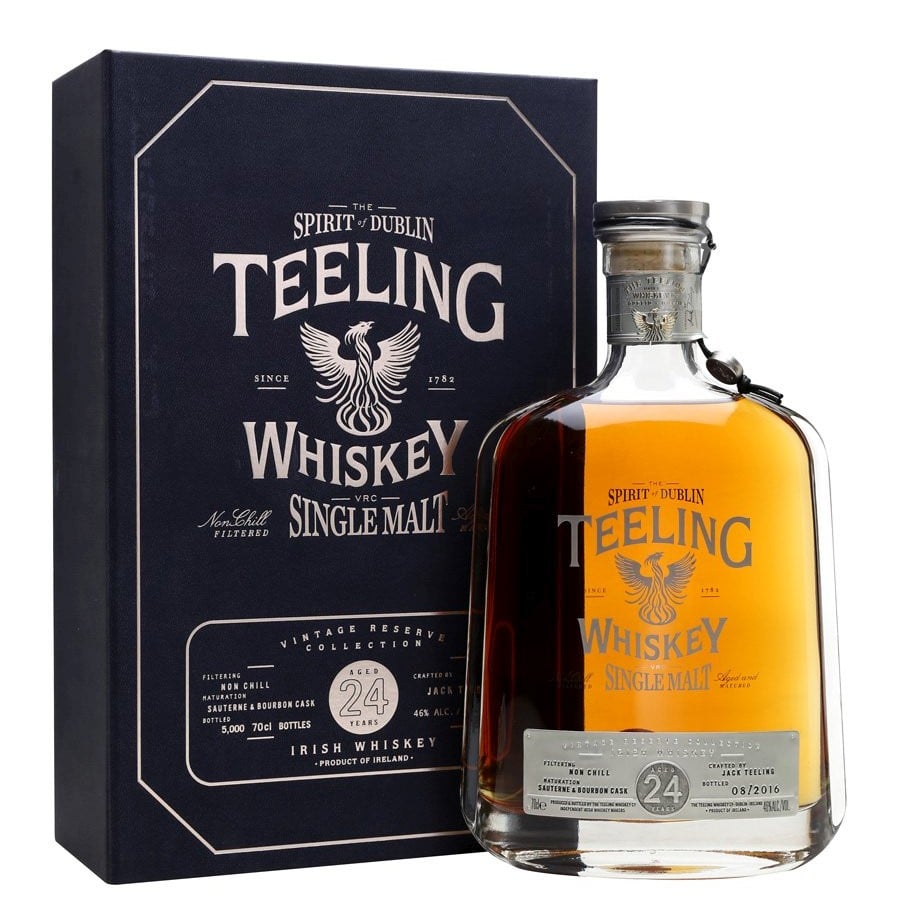Whiskey and bourbon are both distilled spirits that can be created from a selection of grains. The selection of grains used within the mash bill (the mixture of grains used to supply the whiskey) performs a major function in figuring out the flavour profile of the final product. Here are some common grains utilized in whiskey and bourbon manufacturing:
Common Grains in Whiskey and Bourbon:
Corn: Corn is a primary ingredient in bourbon, contributing a candy and full-bodied taste. For Whiskey tasting events to be legally labeled as bourbon in the United States, it must have a mash bill that incorporates a minimum of 51% corn.
Barley: Barley is often used in whiskey production and is a key ingredient in plenty of Scotch whiskies. It provides a malty taste and might contribute to the overall complexity of the spirit. Bourbon recipes usually embody a smaller proportion of barley.
Rye: Rye is a grain that imparts a spiciness to the whiskey. Rye whiskey, by definition, should have a mash invoice with a minimum of 51% rye. High-rye bourbons include the next proportion of rye than traditional bourbons, giving them a spicier character.
Wheat: Wheat is thought for its smooth and mellow traits. Wheated bourbons, like those produced by some well-known brands, have a softer and sweeter flavor profile as a outcome of the next proportion of wheat in the mash bill.
Types of Whiskey Based on Grains:
Bourbon: Bourbon is a type of American whiskey with specific legal requirements. It must be made from a mash invoice containing at least 51% corn, distilled to not more than 160 proof, and aged in new charred oak barrels. The use of the term "straight bourbon" implies that the whiskey has been aged for at least four years.
Rye Whiskey: Rye whiskey, whether American or Canadian, should have a mash invoice with at least 51% rye. It tends to have a spicier and more strong flavor in comparison with bourbon.
Scotch Whisky: Scotch whisky is primarily produced from malted barley and aged in oak barrels in Scotland. Single malt Scotch is made from 100 percent malted barley at a single distillery, whereas blended Scotch combines single malt and grain whiskies from different distilleries.
Irish Whiskey: Irish whiskey may be made from a mix of malted and unmalted barley and other grains. It tends to be triple-distilled for smoothness and might have a various taste profile.

These are general pointers, and the particular grains and proportions used can vary between different manufacturers and expressions within each class. The choice of grains, together with different components like fermentation, distillation, and growing older processes, contributes to the distinctive traits of every whiskey or bourbon..
